Popular Shade Plants - 4 Interesting Plants That Grow in Shade
Is your garden located in such a way that its part is in shade for the most of the day? Surprisingly, it's not a big problem. Just use shade loving plants in the most demanding areas. Thanks to this, you can add interesting colors to those spots just like in other parts of the area, and the whole garden will look impressive. You laack experience and are not sure how to choose the best shade plants? We present the most universal plants for shade that will grow in any garden. See how easy gardening is - even with a difficult location.
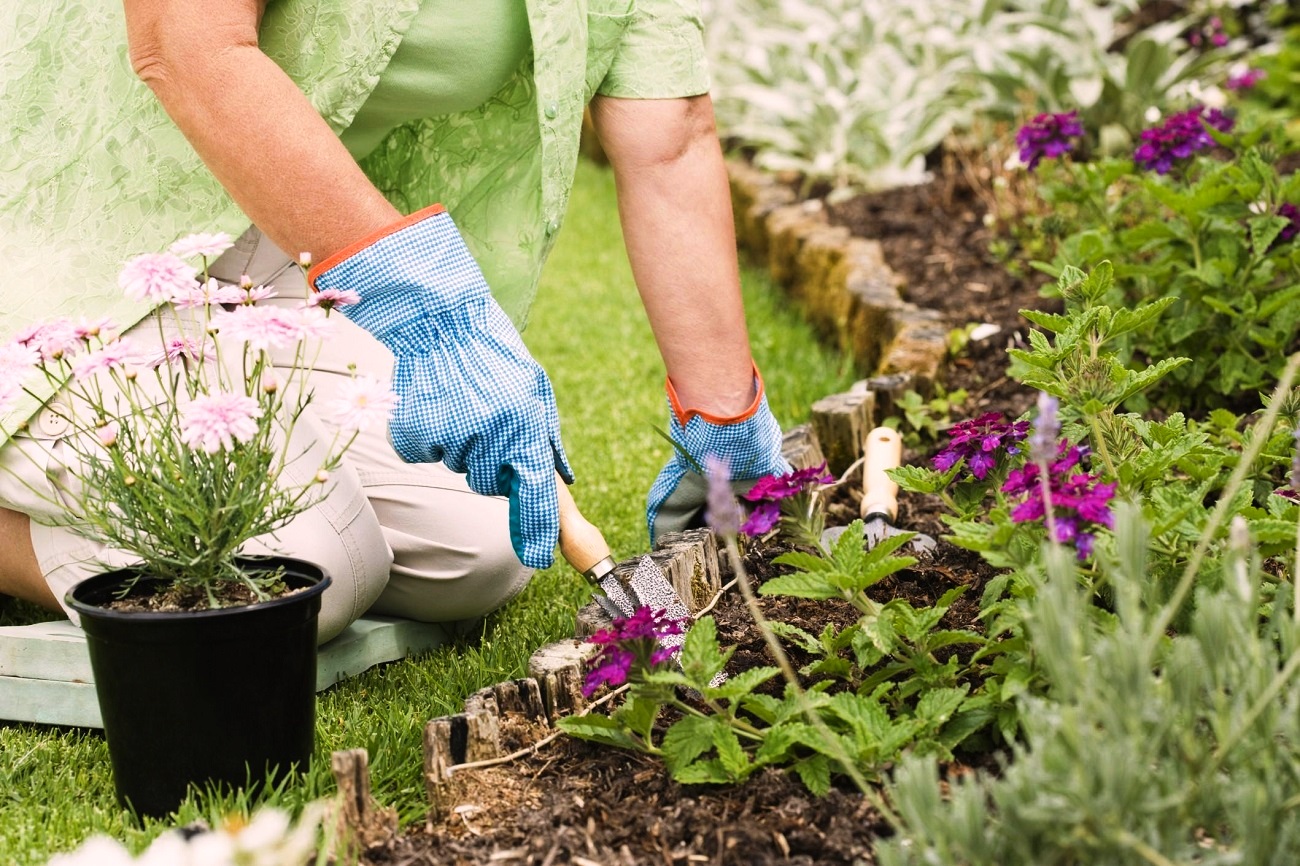
A shaded garden - is it really that big problem?
A large and well situated garden means a lot of possibilities for design. Spots with plenty of sunlight are perfect for many interesting plants that make the garden look really good. Therefore, owners of properties located mostly in shade have a bit of a problem. But it doesn’t mean that such areas have to remain devoid of plants. Just make sure to pick shade loving plants.
Surprisingly, there are plenty of possibilities. Shade plants can be both flowers and shrubs. So, no one should have any problems with finding shade bushes or flowers they like.
Note that some plants for the garden don’t like full shade but only part shade spots. They are perfect e.g. for beds located by fences. This way, their spot is not shaded all day but only for a part of it - depending in the Sun’s location on the sky.
Common ivy - the basic plants for shaded areas
Common ivy (Hedera helix) is one of the most popular shade plants. It can be planted on less sunny spots. Furthermore, these plants for shade don’t need too much care. For this reason, it’s a perfect plant for a garden and also for a balcony.
Few people know that some common ivy species bloom. It happens in autumn and the flowers are cream. The small flowers attract bees, as they are melliferous. You will surely not miss the moment when the ivy blooms.
Depending on the species, ivy has various leaf colors. They can be green or green-cream. Keep in mind that the season also affects their looks. Some ivies turn slightly red in autumn.
As for the soil, shade plants like common ivy are not too demanding in this regard. They grow well even in average and poorly fertilized ground. Of course, it is recommended to use an appropriate fertilizer before planting the ivy.
5.5-6.5 is the best pH for the common ivy. In this case, you can anticipate a quick growth of the plant.
High frost resistance is a huge advantage of the common ivy. For this reason, the plant does very well in early spring and late autumn.
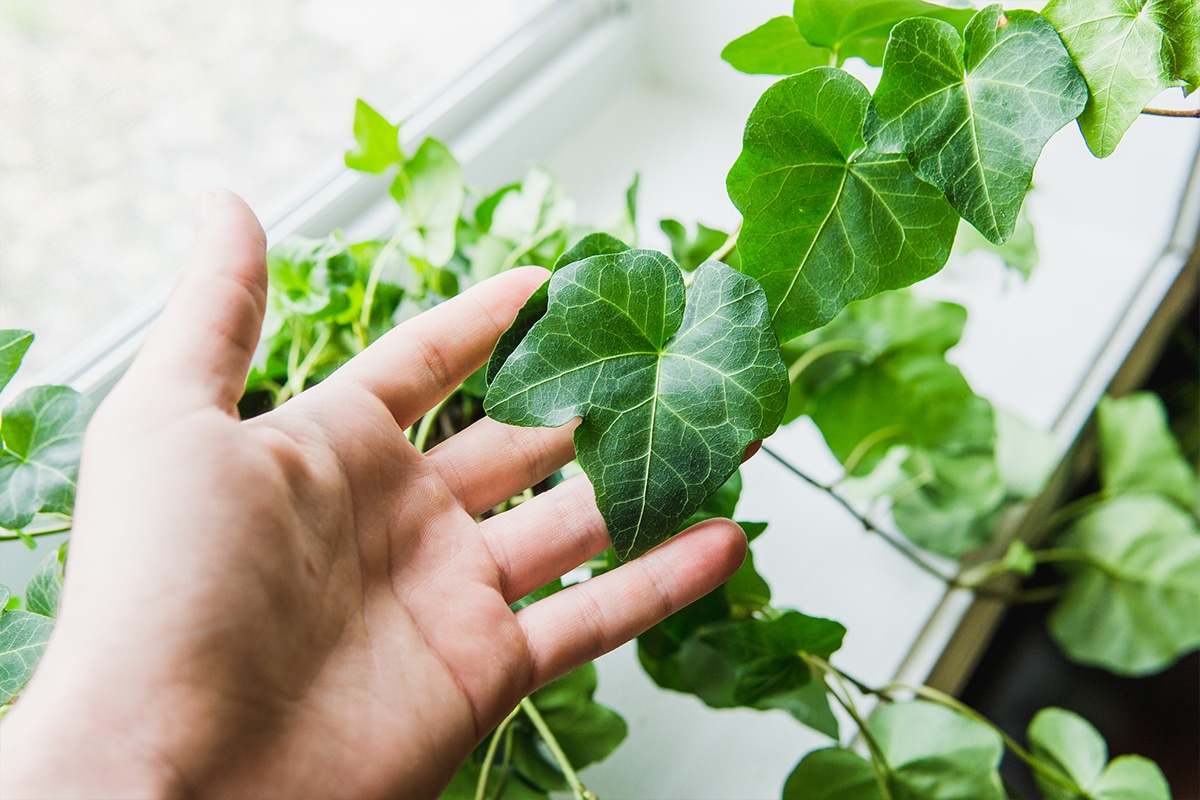
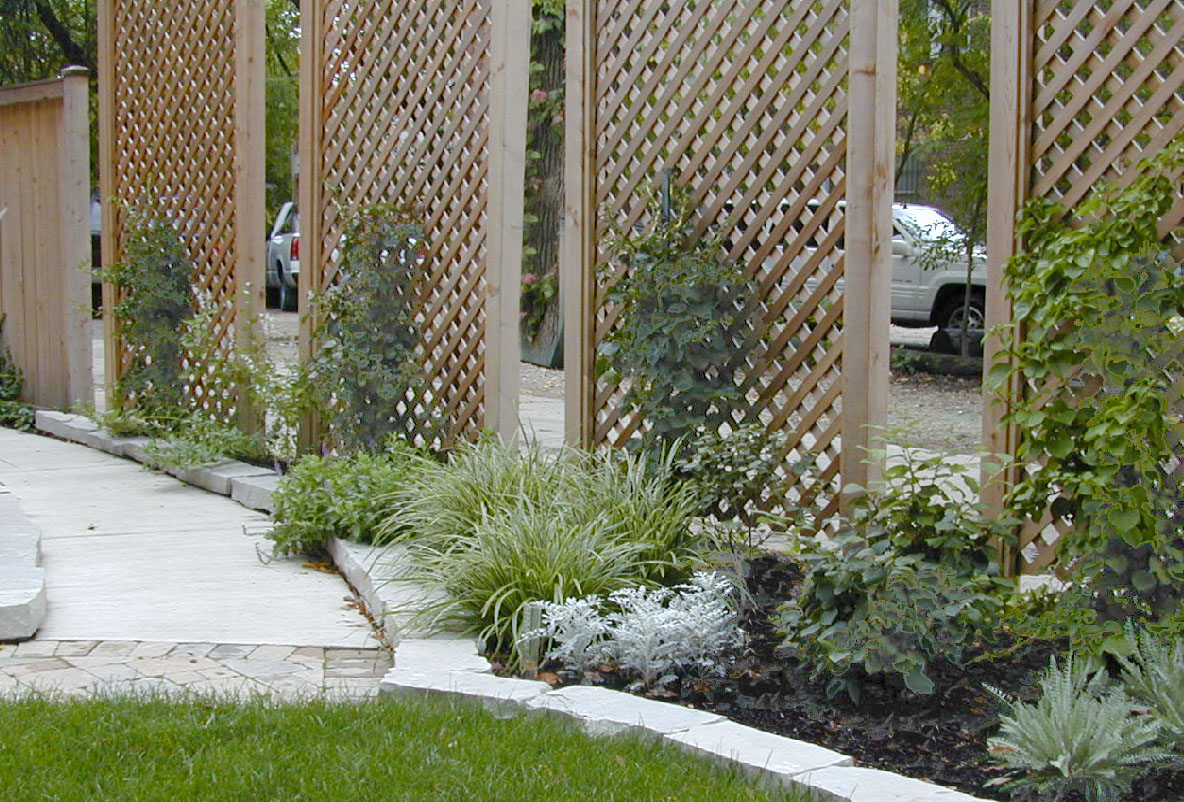
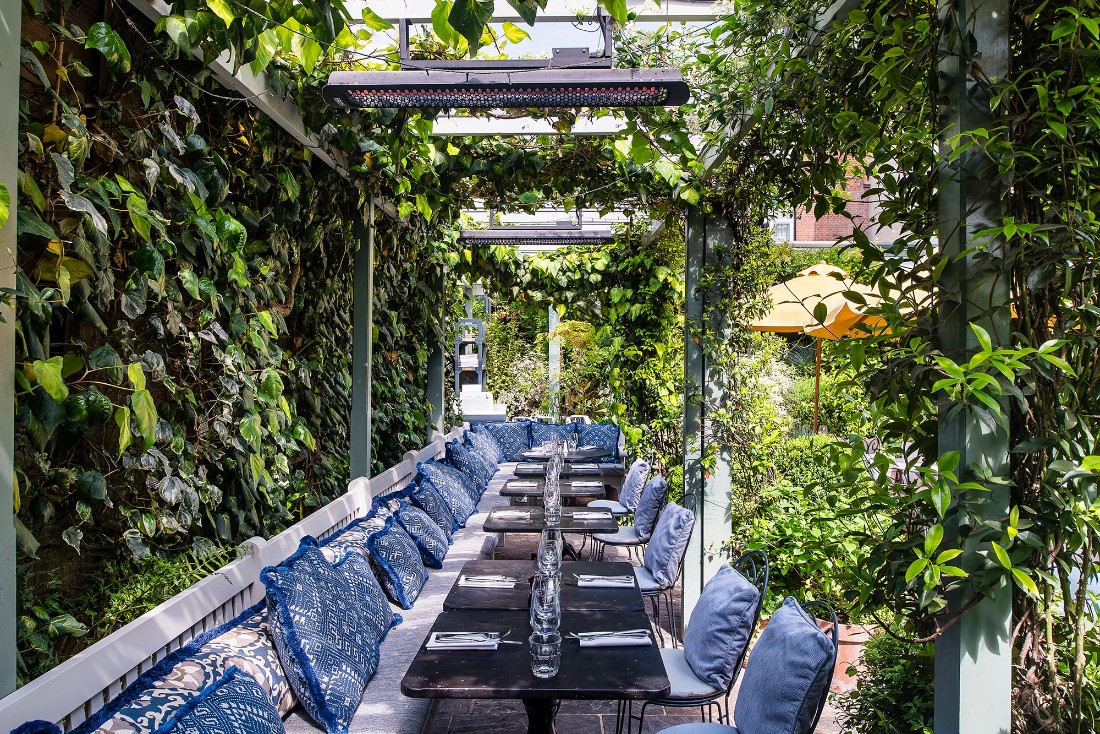
Heuchera and Heucherella - intense-blooming flowers for shade
Coral bells (Heuchera) and foamy bells (Heucherella) are popular shade perennials. They are characteristic for their distinct looks, as they resemble leaves from large trees such as maples. The shapes might differ - depending on the species. It’s the same for the coloration and size.
Shade loving plants such as Heuchera and Heucherella typically have the following colors:
- red or purple,
- violet,
- yellow or slightly orange.
Browsing through various species, you can also find simply green shade plants of this type. Although they are less popular, one can use them as a divider between other colors to organize the flowerbeds.
Perennials for shade such as Heuchera and Heucherella are not too complicated to take care of. They are perfect for beginner gardeners who lack experience in plant care. In this case, one just has to pick the right type of soil - it should be permeable and contain humus. Also, make sure to water the perennials regularly, especially when precipitation is low.
Both Heuchera and Heucherella are weather resistant shade plants - they can endure low temperatures and frost. Nonetheless, it is recommended to protect them against snowfalls. To do this, one can use agrotextile or dry leaves - both of those materials are perfect for this purpose.
Some of Heuchera and Heucherella types are very popular in gardens. Here’s the list of the most common ones:
- Leuchtkafer,
- Hercules,
- Paris,
- Dayglow Pink,
- Tokyo,
- Gold Zebra,
- Green Spice,
- Lime Marmalade,
- Magnum,
- Black Taffeta,
- Fire Alarm,
- Rio.
There are at least a few hundreds of types that have different leaves structure, colors and flowers.
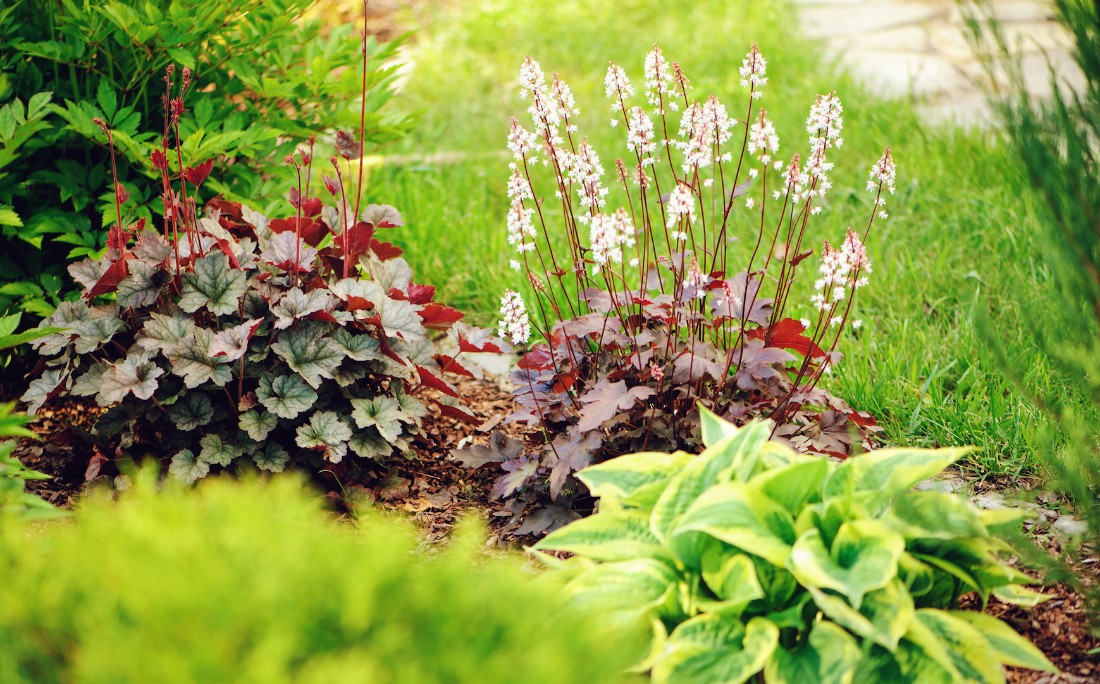
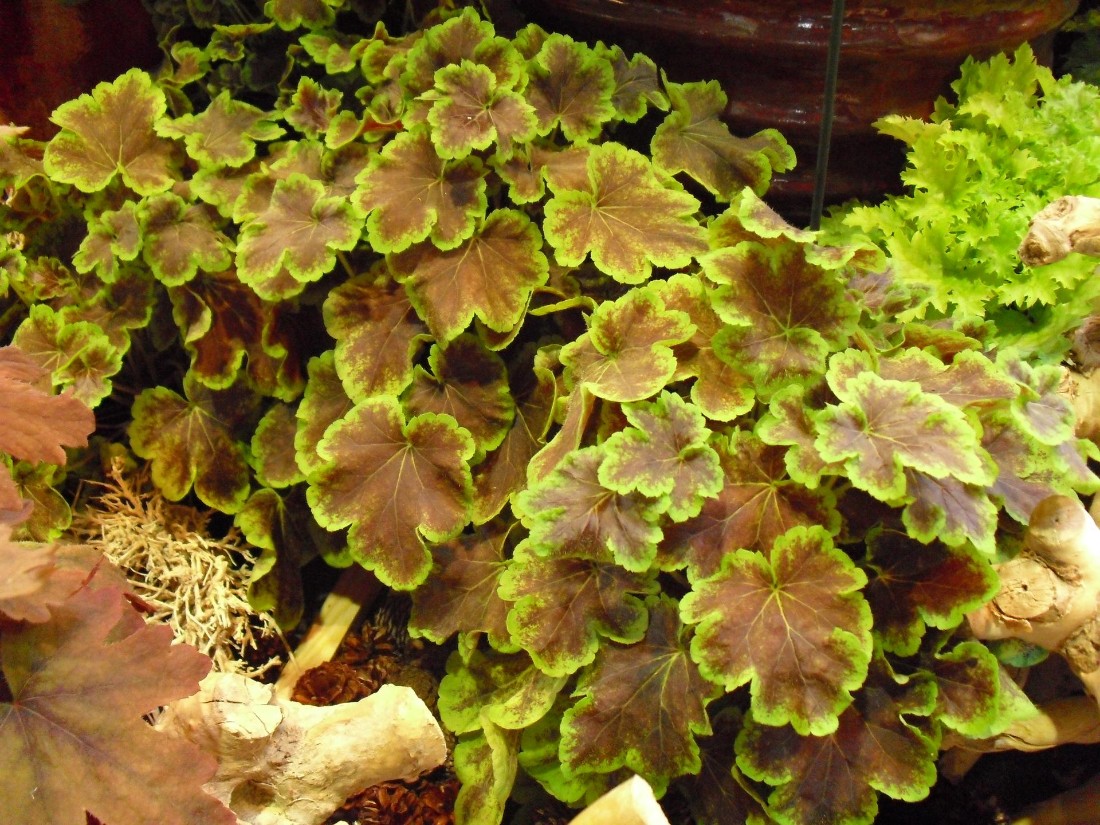
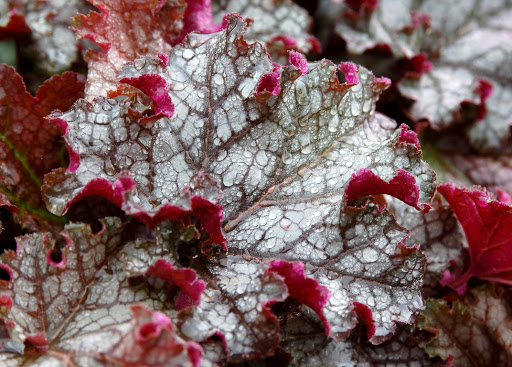
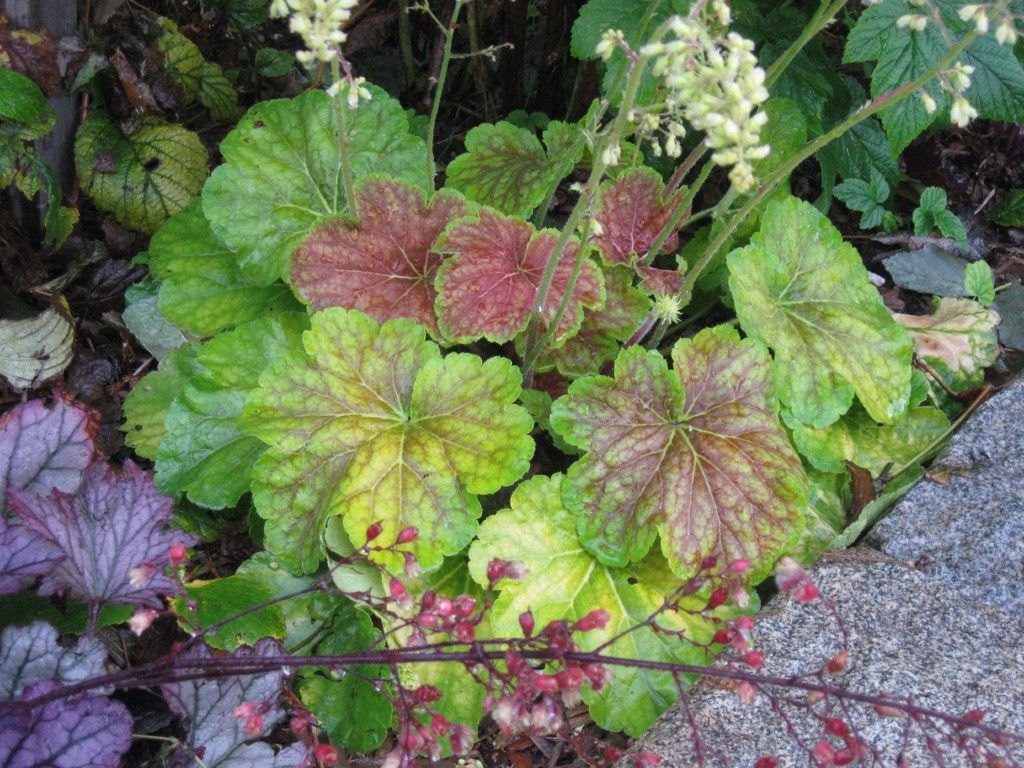

Hellebores - durable flowering plants for shade
Hellebores (Helleborus) are unique shade plants. They look beautiful and begin blooming even in January in the northern hemisphere. But it’s not the best plant for beginner gardeners. It is recommended for those who are already experienced with growing garden plants - especially demanding ones.
Shade plants like these require very fertile soil. It should be rich in calcium and damp. Without proper watering, the flowers won’t survive and will quickly wilt.
Hellebores can endure low temperatures, so they can easily survive winter in the soil. What’s more, they are one of the earliest blooming plants. Although many people consider them spring flowers, calling them winter species is probably more accurate.
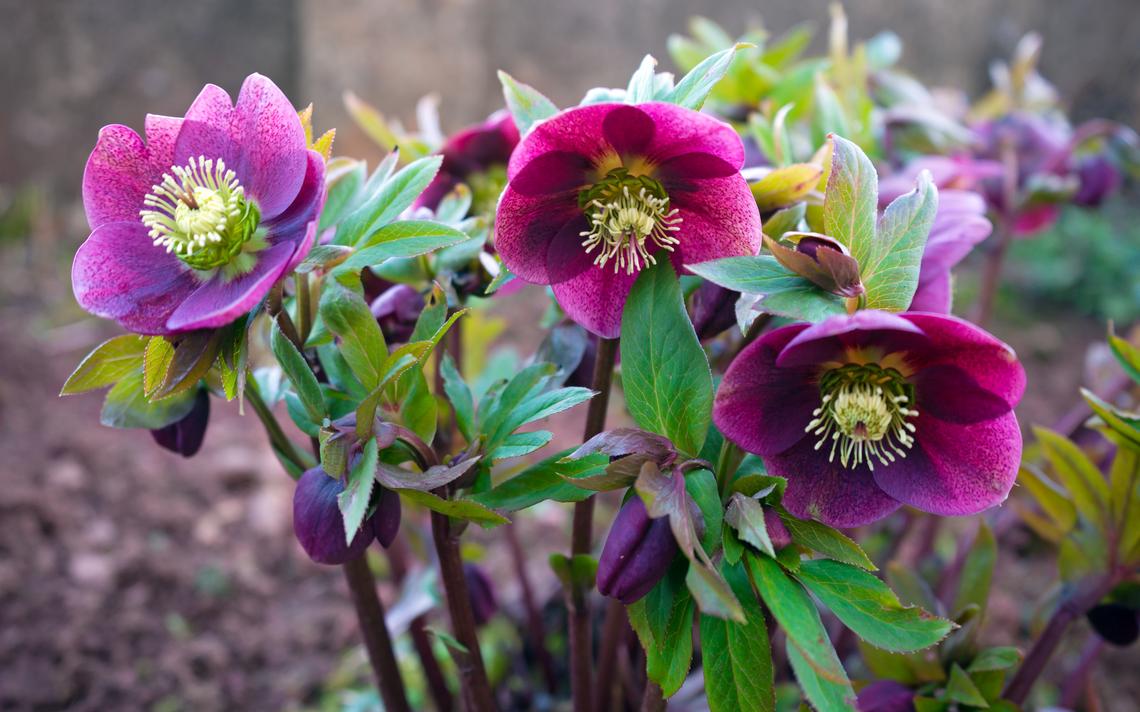
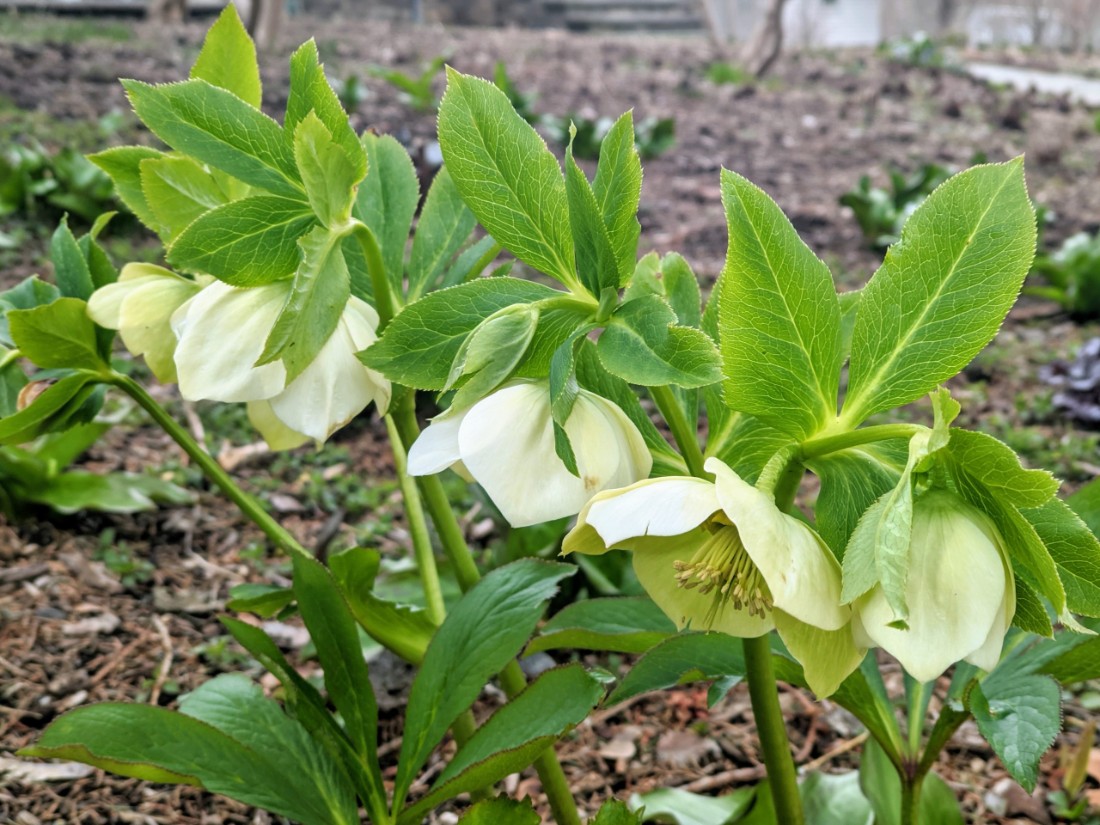
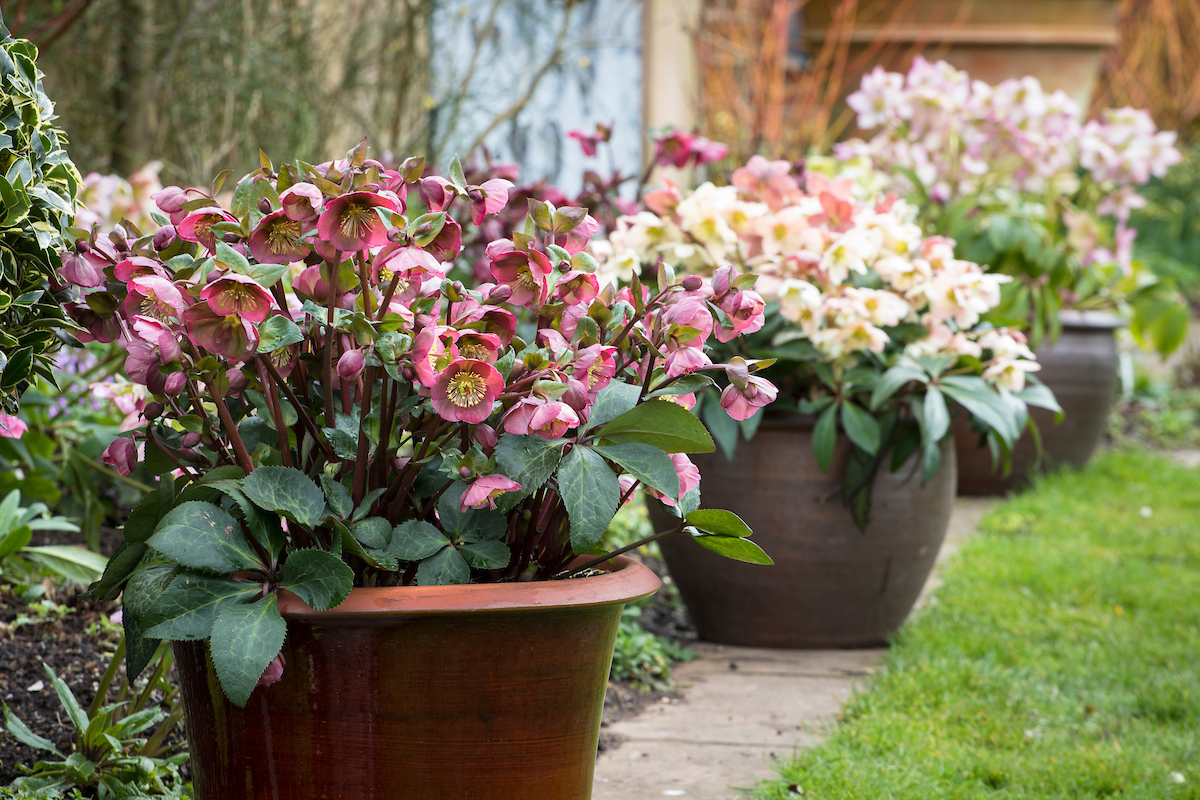
Bugleweeds - colorful plants for shade
Bugleherb (Ajuga reptans) is one of the perfect shade plants that can grow in rock gardens located by water tanks under trees. Short growth period is its biggest advantage. This is the reason it spreads quickly in the area it has been planted in. If you don’t want it to overwhelm other plants, you have to remove new sprouts that appear around it.
Bugleherbs are full shade plants that are characteristic for their decorative leaves. But a lot depends on the type you choose. Each of them has different colors and leaf shape. Find the most popular bugleweed species below:
- Tricolor,
- Cameleon,
- Alba,
- Variegata,
- Multicolor.
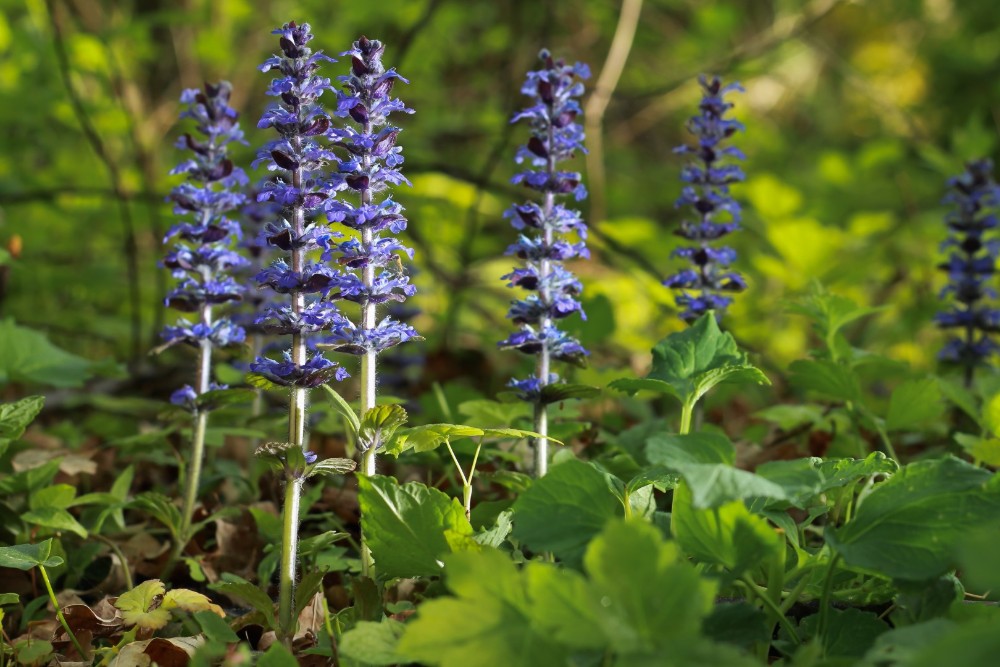

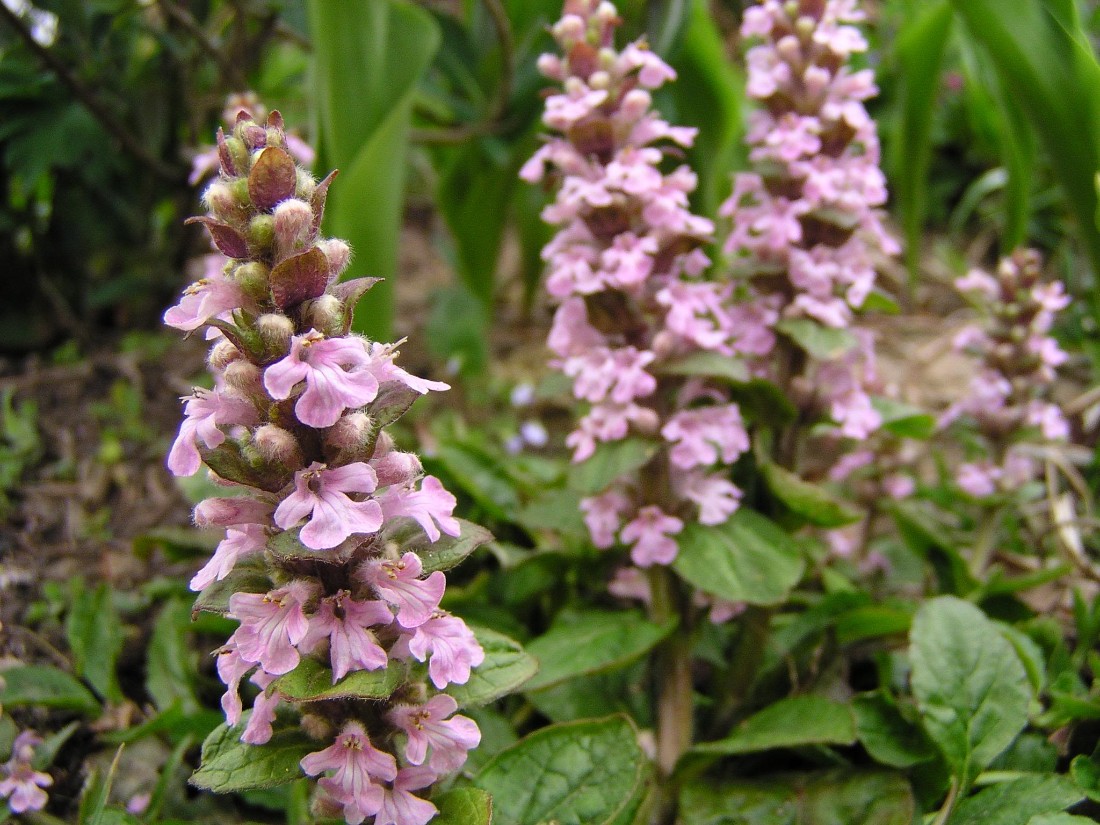
How to take care of plants that grow in shade?
Shade plants typically need frequent watering. It is usually only one requirement of most shade loving plants. In a way, damp soil makes up for the lack of sunlight. Apart from this, full shade plants are rather self-sufficient and they have no further soil requirements.
If you decide on climbing plants for shade, make sure that they have something to climb on. It can be a small fence or a pergola.
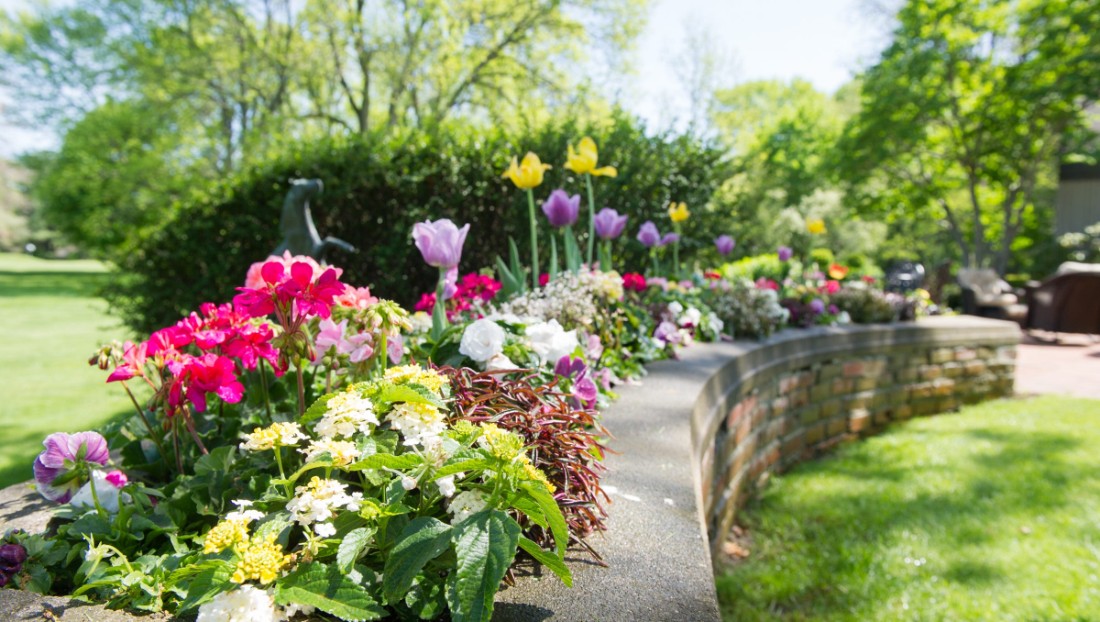
📍 What are shade plants?
Shade loving plants are various flowers for shade and bushes that can endure lack of direct sunlight. Thanks to this, they can be planted e.g. under trees. They also grow perfectly by ledges and fences. What's more they often bloom more beautifully than the usual plants growing in full sunlight.
📍 What are the best shade plants?
You can easily recognize the most popular shade loving plants, as they typically have large leaves - but it's not the only determiner. Ivy and coleus are one of the most common shade tolerant plants. Shorter species include hellebores, taller ones - hostas and astilbes. There are also shade bushes - for instance, rhododendron.
Featured articles




